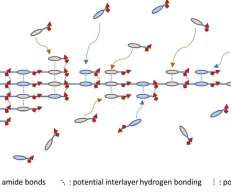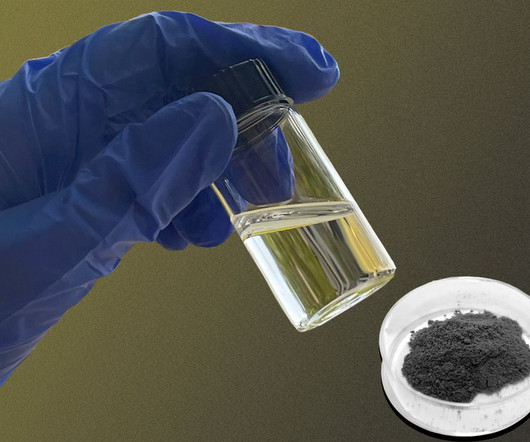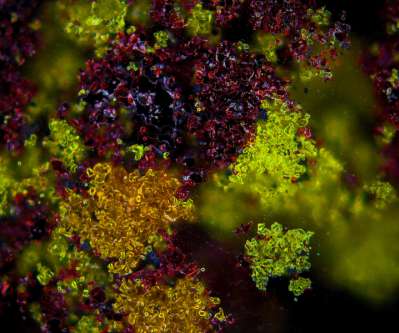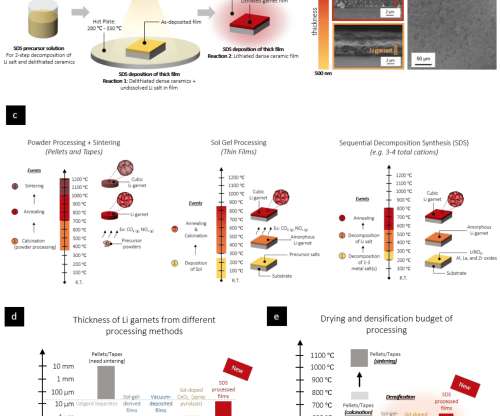DOE awards Core Power and MIT Energy Initiative funding for floating nuclear power research project
Green Car Congress
SEPTEMBER 2, 2022
The US Department of Energy’s Nuclear Energy University Program ( NEUP ) has awarded research funds to the MIT Energy Initiative, CORE POWER, and the Idaho National Laboratory for a three-year study into the development of offshore floating nuclear power generation in the US. Source: MIT CANES. Concept of OFNP.






































Let's personalize your content